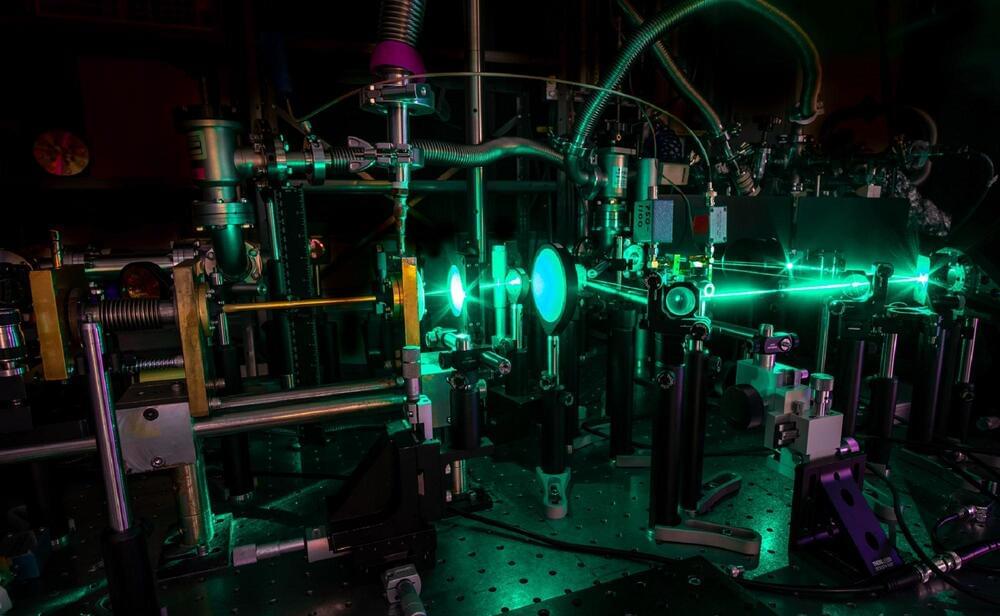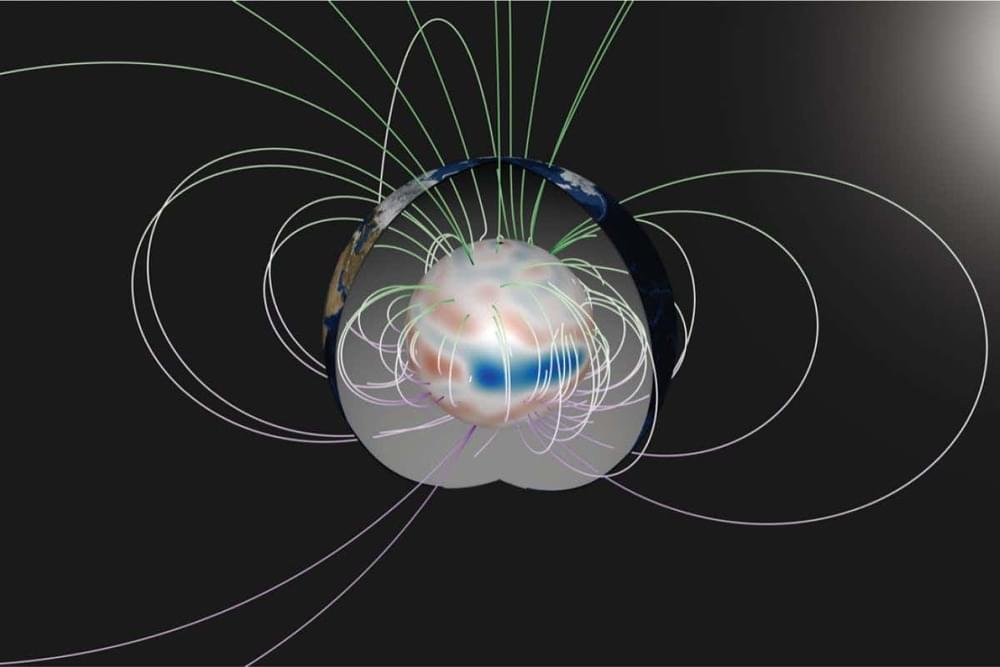Did they purposely set out to create inventions that will bring death and blood shed?🤔
Usually when drafting a Patent Claim for any invention, the Inventor states the benefits of the invention to the society.
Looking at the picture below i am tempted to ask, of what use are Nuclear bombs and other weapons of mass destruction of benefit to the society?
I know that Innovations and Inventions are necessary for a nation’s growth and development but it should not be at the expense of human life.
I pray and hope that peace will be restored soon for the sake of her Citizens.
#inventions.
#patents








